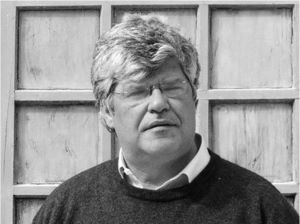| Dear Reader,
Six months ago today, 22-year-old Mahsa Amini died in a hospital in Tehran after being detained by the morality police for allegedly violating the country's Islamic dress code. Her death outraged Iranians, particularly women, who saw themselves in Amini. Amini's name became a rallying cry against four decades of state violence against women, as well as other grievances. Many took to the streets while calling for an end to the rule of the clerics who came to power following the 1979 revolution. The protests turned into the most serious challenge against the clerical establishment in the past 44 years. They were also the most durable antiestablishment demonstrations ever held in the Islamic republic. The clerical establishment used force to repress the protests, killing more than 500 people, including some 70 children, according to rights groups. In a new investigation, The Protests That Shook Iran's Clerical System, RFE/RL's Radio Farda identifies by name more than 300 of the protesters who were killed and explains why the demonstrations have been so significant.
 Six months after Amini's tragic death, the public grievances and anger against the Islamic republic remain very much alive, with citizens still holding scattered protests and a growing number of women engaging in acts of civil disobedience by appearing in public without the mandatory head scarf. We hope this report will keep the memories of the hundreds killed in the brutal state crackdown alive, while also highlighting the bravery of Iranian citizens fighting for freedom under the repressive Islamic regime. Por favor, entre em contato por e-mail se você tiver algum feedback ou perguntas. Thank you for reading.
Golnaz Esfandiari Correspondent RFE/RL's Central Newsroom | 




